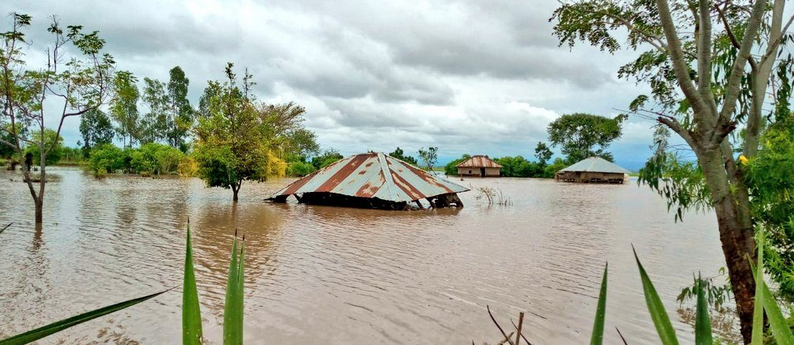Six schools in Kisumu County will not be able to open because they are submerged in water. Kandaria Primary, Nyamrunda Primary, Ogenya Primary, Oseth Primary, Kandaria Mixed and Ombaka Mixed are all facing the risk of remaining closed in January because they are submerged in water.
For the last six months, Kisumu county has been pounded by heavy rains, and the affected schools were flooded as a result of heavy backflow of water from Lake Victoria.
In a meeting organized by Kisumu County Development Implementation Coordination Committee and chaired by County Commissioner, Josephine Ouko, attendees were informed that pupils in the affected schools had to be moved to nearby schools which had survived the floods.
It is estimated that the submerged schools are learning grounds for over 1,700 pupils who will be unable to report back to school for the next term in January without some drastic measures being taken now.
Isack Atebe, the Kisumu County Director of Education, has estimated that the affected schools need 65 tents and portable toilets in order for learning to continue in these schools on January 4 when they re-open.
Under the tent for classrooms and portable toilet system, 193 students from Kandaria Secondary School will join another 105 students in Nduru Secondary School under four tents serviced by seven portable toilets.
In the same token, Ugwe Primary School with 386 pupils will fuse with another 649 pupils from Kandaria Primary School where they will find shelter under 13 tents and 27 portable toilets. So far, UNICEF has donated ten tents while more donations are expected from well-wishers.
Collapsed pit latrines
According to estimates from the Ministry of Education, classrooms have been destroyed, drinking water from bore-holes contaminated, walls are cracked, books and electronic equipment destroyed by water while the schools are submerged to knee level. This makes it impossible for any learning to take place.
The risk of water-borne diseases like cholera, typhoid, dysentery and trachoma are high. Mosquitos breeding in ponds and stagnant waters also pose the risk of malaria transmission at a time when Covid-19 pandemic has overwhelmed the poorly equipped hospitals in Kisumu county.
Collapsed pit latrines further exacerbate the situation, and together with reduced hygiene standards precipitated by an acute shortage of clean drinking water, numerous epidemics might break out in the area with even worse health consequences to tens of affected students.
With Doctors and Nurses threatening strike actions due to low pay and lack of protective gear against Covid-19, the situation might become unmanageable. There is a big risk that if no proper measures are taken when students are supposed to return to school, any disease outbreak will be a health nightmare.
Josephine Ouko, the County Commissioner, said that the County government was coordinating closely with partners in the education sector to ensure that the affected students do not miss schools when the new term opens in January.
Flooding in Kisumu, especially Nyando, has been a challenge for many years although there has been no lasting solution to the problem.
In the past, Chinese investors have proposed a dam in the area or huge dykes to control perennial flooding. However, these projects have been unable to take off due to lack of initiatives and political marginalization of Nyanza province since 1963 when Kenya got independence.
Kisumu residents hope that following the Handshake, and when Raila Odinga eventually becomes President, the situation will change as development projects are directed towards Nyanza province as part of the post-election goodies to the people of Nyanza.
Reported by Jorim Onyango Wango




